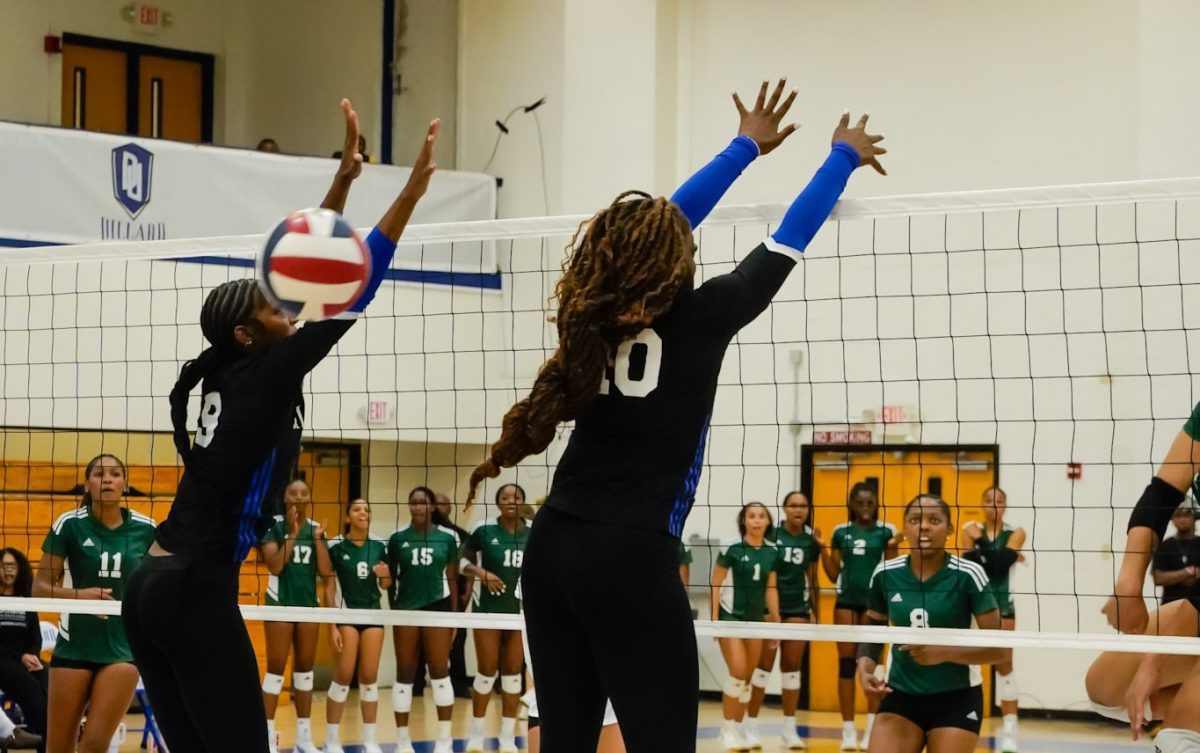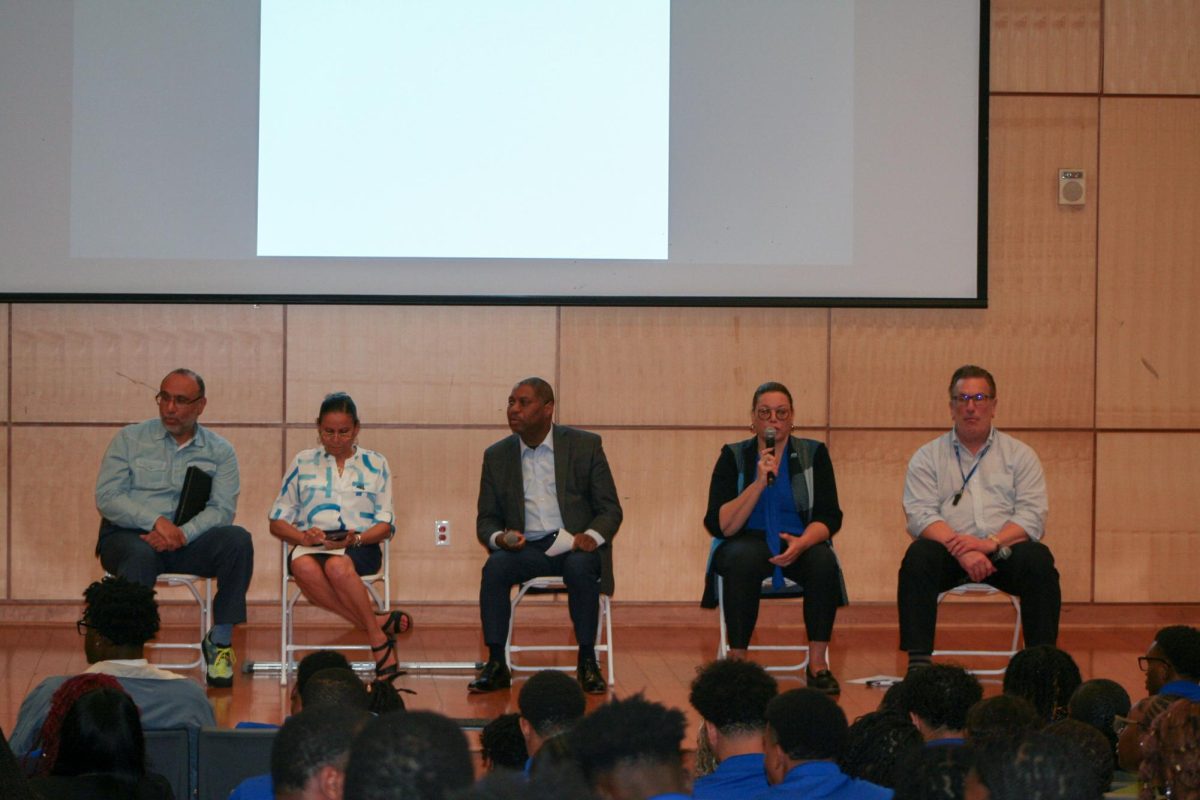NEW ORLEANS (Nov. 16, 2018) – Dillard has been ranked No.11 among HBCUs once again in the 2018 U.S. News, but Dr. Walter Kimbrough, university president, discounts the value of such rankings, and a recent study at Stanford University agrees with him.
The rankings, released earlier this semester, places Spelman College at No. 1, followed by Howard University, Hampton University, Morehouse College, Xavier University of Louisiana, Fisk University, Claflin University, North Carolina A&T University, Florida A&M University and North Carolina Central University. Then comes Dillard.
In addition to Xavier placing at No. 5, other Louisiana schools in the Top 50 are Southern University at Baton Rouge at No. 31 and Grambling State University at No. 45.
In announcing the list to faculty, Dr. Willie Kirkland, director of Institutional Research, said in an email that Dillard has been ranked in the Top 15 since U.S. News began the rankings, noting its academic atmosphere and benefits student have here.
Kirkland’s email said, “Dillard’s academic representation is scored higher by administrators at other HBCUs. Dillard students benefit by having smaller classes…[T]student-to-faculty ratio (14-to-1) at Dillard is lower than most HBCUs.”
Just another list
But rankings are just another list, according to Kimbrough.
“I don’t get too excited about U.S. News rankings,” the president said. “They are based on inputs rather than outputs, so we don’t really get credit for the real successes of the universities.”
He added, “Spelman College was ranked No. 1, with Howard University falling [to No. 2], but most of those rankings come from the financial side of the colleges. Howard, Hampton, Morehouse, and Spelman are the wealthiest HBCUs, and every year they are the top four in one way or another. They also have the fewest Pell grant students.”
The president said the rankings miss criteria such as student growth and social mobility.
“They don’t put a lot of value in things like social mobility or the history a university has of having large numbers of low-income students who later in life move up to higher socioeconomic statuses. Dillard ranks high in that area.”




























